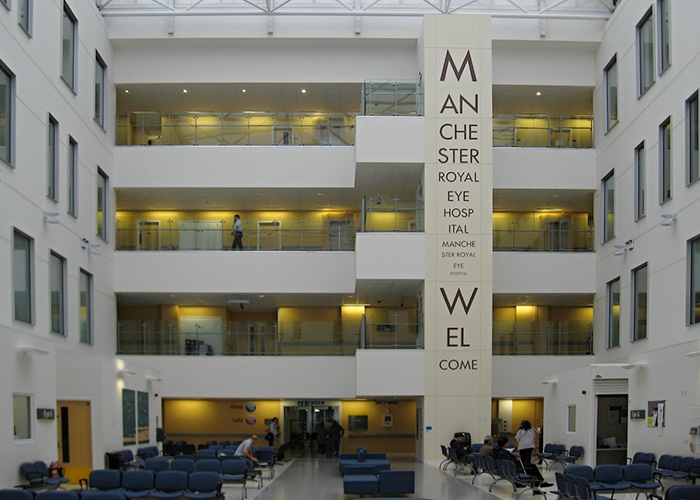
From newly-launched educational resource hubs for clinicians, to the ebenfits of SLTs being performed by optometrists, these are the news stories and studies that caught our attention this week…
Optometrist-performed SLTs. A UK-based multicenter observational study – including researchers from the Manchester Royal Eye Hospital and the University of Liverpool, UK – compared the outcomes of selective laser trabeculoplasty (SLT) performed by optometrists and ophthalmologists in treating open-angle glaucoma (OAG) and ocular hypertension (OHT). The study included 207 eyes and found no statistically significant differences in intraocular pressure (IOP) reduction, visual acuity (VA), or eye drop burden between the two groups up to 24 months post-treatment. Overall, the study supports the safety and efficacy of optometrists performing SLT with appropriate training and supervision. Link
Keeler Resource Hub. In conjunction with World Sight Day, Keeler launched its new online support platform. According to the ophthalmic diagnostic equipment company, the platform will provide “comprehensive resources for both clinicians, distributors and students, serving to educate visitors on improving diagnostic imaging, aiding recognition and understanding of various eye conditions, and informing clinical best practices.” Link
New ZEISS products. At the fast-approaching AAO 2024, ZEISS will showcase new digital enhancements and surgical solutions for a number of subspecialities, including cataract, corneal refractive, retina, and glaucoma. The company will be introducing ZEISS VisioGen – an AI-driven solution for streamlining clinic operations, as well as a number of other devices for market. Link
Eyes on Tomorrow. Eyes on Tomorrow hosted a special episode of its ophthalmic-centric podcast for World Sight Day, featuring Vice President of Clinical Services for Orbis, Hunter Cherwek. Cherwek discussed his passion for global ophthalmology, and how Orbis is harnessing collaboration between ophthalmologists and optometrists to reduce the burden of avoidable sight loss across the globe. Link
Eye to (A) Eye. A retrospective review by researchers from Tufts Medical Center, Massachusetts Eye and Ear, and Harvard Medical School examined the use of electronic consultations (eConsults) in ophthalmology for non-urgent ocular conditions. The TVST study found that eConsults were responded to within an average of 1.6 days, with a 93 percent diagnostic accuracy (compared with in-person follow-ups). Though eConsults show promise in streamlining triage and reducing unnecessary referrals, the authors caution that the lack of physical examinations could lead to occasional diagnostic errors. Link
Pixel analysis. Evaluating the diagnostic accuracy of pixel-based analysis for detecting glaucomatous structural damage on nerve fiber layer (NFL), ganglion cell layer (GCL), and inner plexiform layer (IPL), researchers from the Legacy Research Institute, Portland, US, analyzed OCT data from 188 glaucomatous eyes, 148 glaucoma suspect eyes, and 362 healthy controls. Their results showed that NFL and GCL exhibited the highest diagnostic accuracy, while combining NFL and GCL improved sensitivity compared with analyzing the individual layers. Link
